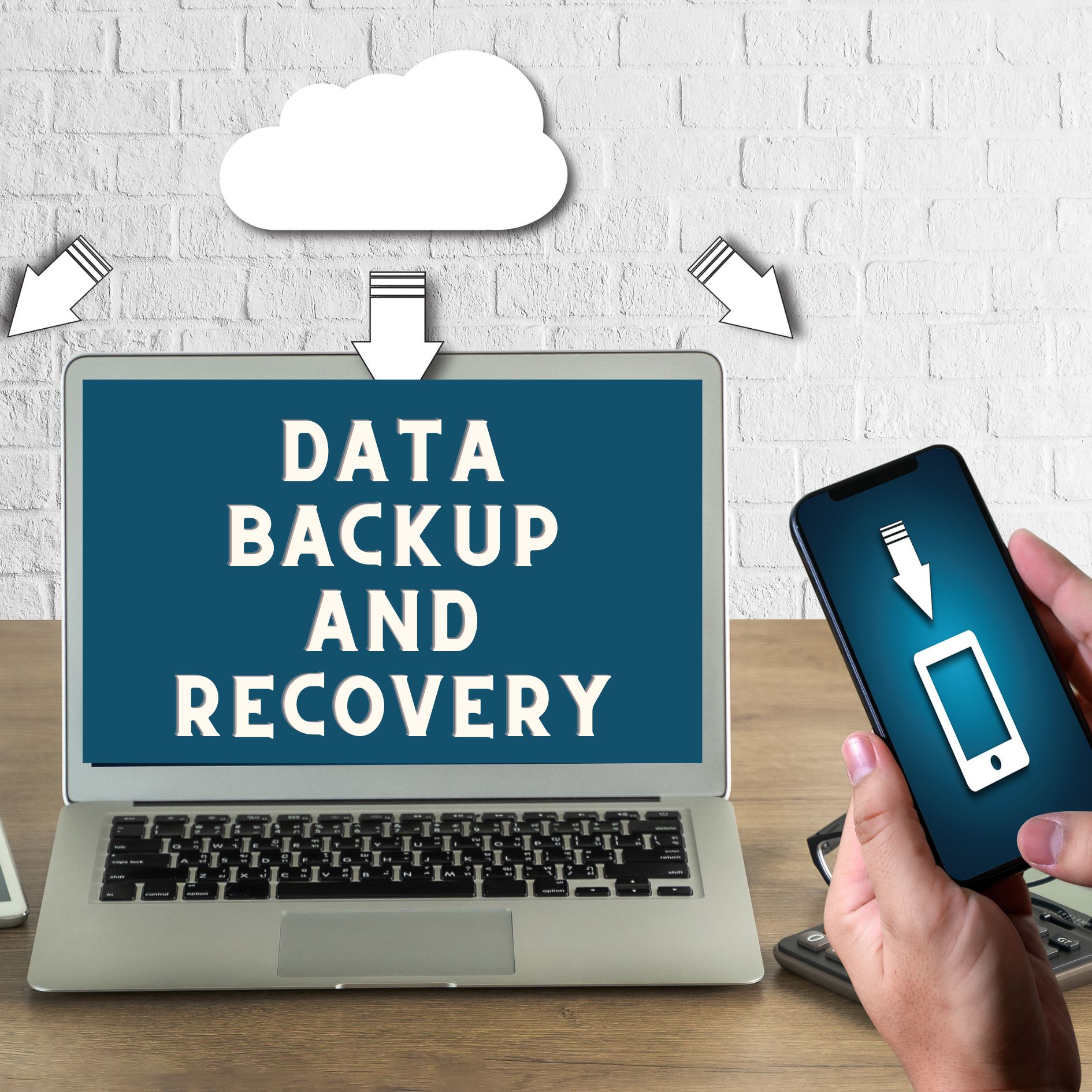Introduction:
In today’s digital age, data reigns supreme. It fuels decision-making, drives operations, and preserves the trust of customers. Yet, this invaluable resource is constantly under siege from a host of threats, including hardware failures, human errors, malicious cyberattacks, and unpredictable natural disasters. Failing to safeguard against these risks can lead to data loss, business disruptions, and potentially catastrophic consequences. Data backup and recovery can change the whole situation and prevents data loss.
Understanding Data Backup and Recovery:
Before delving into the specific problems and solutions, let’s establish a clear understanding of what data backup and recovery entail.
Data Backup involves making duplicate copies of your essential data and placing them in a secure location. These copies act as a safety net, allowing you to restore your data if it is lost or compromised. Backup is your first line of defense against data loss due to hardware failures, human errors, or cyberattacks.
Data Recovery, on the other hand, is the process of retrieving and restoring data from those backup copies when a data loss incident occurs. Recovery aims to return your systems and data to a state of normalcy, minimizing downtime and ensuring business continuity.
Now, let’s delve into specific challenges and solutions within the realm of data backup and recovery.
Problems in Data Backup and Recovery
Data Loss Prevention:
Problem:
Firstly, data loss can strike in various forms, from hardware failures software glitches, to unintentional human errors. Without proper backup measures, organizations risk losing critical data, leading to operational disruptions and potential financial losses.
Solutions:
Regular Backup Procedures: Implement automated and scheduled backups of critical data at frequent intervals, ensuring that data loss is minimized.
Redundancy: Ensure backup redundancy by storing data in multiple locations, including both on-site and off-site, as a safeguard against hardware failures and unforeseen disasters.
Versioning: Use backup solutions that support versioning to keep multiple copies of files, allowing you to recover previous versions in case of data corruption or accidental deletion.
Pros and Cons of Data Loss Prevention Solutions:
Pros: Enhanced data safety, quick recovery, redundancy for protection.
Cons: Higher storage costs lead to increased complexity in management.
Ransomware Attacks:
Problem:
Secondly, ransomware attacks encrypt or destroy data, with attackers demanding ransoms for decryption keys. Without proper backups, organizations may be forced to pay ransoms or face permanent data loss.
Solutions:
Regular Backups: Maintain isolated, up-to-date backups that are not directly accessible from the network. This process makes it harder for ransomware to encrypt backup copies.
User Training: Educate employees about the dangers of phishing emails and suspicious links to prevent ransomware attacks.
Security Software: Employ robust antivirus and anti-malware solutions, along with intrusion detection systems, to detect and mitigate ransomware threats.
Pros and Cons of Ransomware Attack Solutions:
Pros: Data recovery improved security awareness.
Cons: Additional expenses arise from the need for backup isolation in response to evolving threats
Disaster Recovery:
Problem:
Thirdly, natural disasters like floods, fires, or earthquakes can damage on-site data storage. If backups are not off-site or in the cloud, data can become inaccessible during such disasters.
Solutions:
Off-Site Storage: Utilize cloud-based storage services or remote data centers to securely store data off-site, ensuring data availability even in the event of a physical disaster.
Geographic Redundancy: Choose data centers or cloud regions in different geographic locations to further reduce the risk of simultaneous disasters affecting all data copies.
Disaster Recovery Plan: Develop a comprehensive disaster recovery plan outlining the steps to be taken in the event of a disaster, including data restoration procedures.
Pros and Cons of Disaster Recovery Solutions:
Pros: Data availability and business continuity.
Cons: The costs associated with setup and maintenance, coupled with the complexity of planning, can be significant.
Human Error:
Problem:
Fourthly, employees can inadvertently delete important files, overwrite crucial data, or make changes that lead to data corruption. Without proper backup mechanisms in place, recovering the original, unaltered data can be difficult.
Solutions:
Access Controls: Implement access controls and permissions to restrict users’ ability to delete or modify critical data.
Training and Awareness: Provide training to employees on data handling best practices and the importance of data preservation.
Recycle Bin: Enable and configure a recycle bin or trash folder for file recovery before permanent deletion.
Pros and Cons of Human Error Solutions:
Pros: Data preservation, quick recovery.
Cons: The potential for user restrictions can result in training overheads.
Compliance and Legal Requirements:
Problem:
Finally, many industries have strict data retention and recovery requirements for compliance and legal purposes. Failure to meet these requirements can result in legal consequences and fines.
Solutions:
Data Retention Policies: Develop and enforce data retention policies that align with regulatory requirements and industry standards.
Audit Trails: Maintain detailed audit logs of data changes, including who made the changes and when to demonstrate compliance.
Legal Expertise: Seek legal counsel or compliance experts to ensure that data backup and recovery processes comply with specific industry regulations and legal obligations.
Pros and Cons of Compliance and Legal Requirement Solutions:
Pros: Regulatory compliance reduced legal risks.
Cons: The complexity associated with compliance can lead to increased costs.
Conclusion:
In conclusion, the challenges of data backup and recovery are not to be underestimated. Data is a precious asset, and safeguarding it is paramount for an organization’s resilience. We’ve explored the solutions their pros, and cons, but a one-size-fits-all approach doesn’t exist. Each organization must tailor its strategy to its specific needs and budget constraints.
Suggestions:
To implement an effective data backup and recovery strategy:
1. Firstly, Conduct a thorough assessment of your data assets.
2. Secondly, Design a clear backup policy.
3. Thirdly, Invest in reliable backup solutions.
4. Fourthly, Isolate backups for ransomware protection.
6. Prioritize employee training and security awareness.
7. Develop a comprehensive disaster recovery plan.
8. Implement access controls and user training.
9. Seek legal expertise for compliance.
10. Regularly monitor and maintain your backup and recovery processes.
11. Allocate resources and budget accordingly.
By adopting this comprehensive approach and following these suggestions, organizations can protect their data, ensure business continuity, and thrive in an increasingly data-centric world. Remember, the safety of your data is the lifeline of your organization’s future success.
Visit our website to know more!
Follow us on LinkedIn:


